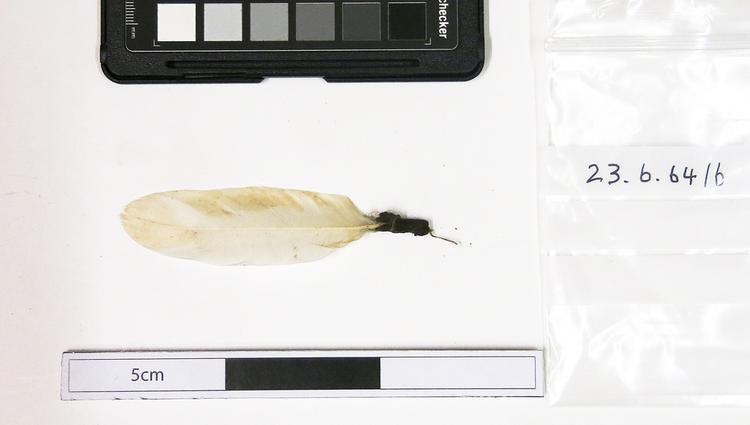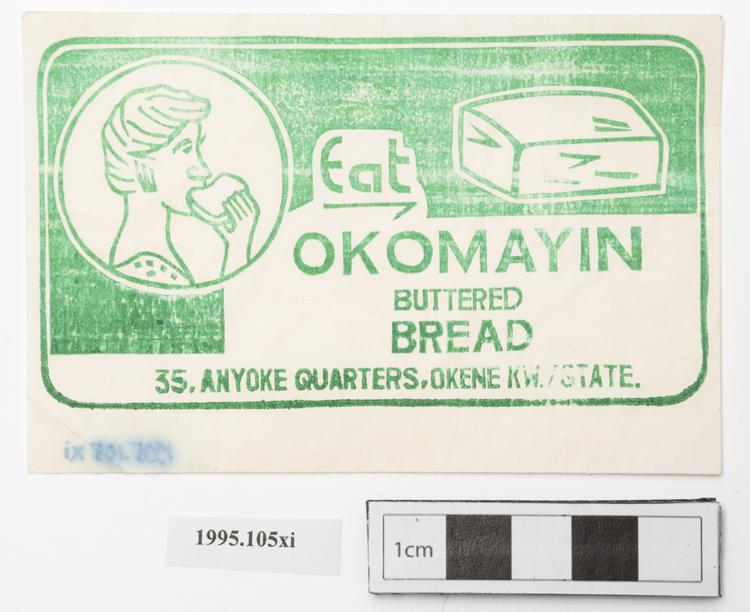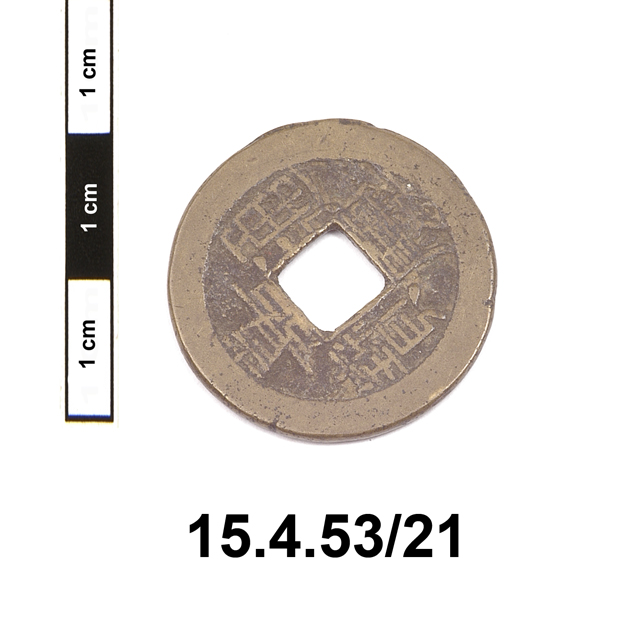
Human femur bone with the side cut away and the edges carved into barbs; the joint is covered with string netting and decorated with seeds and sulphur crested cockatoo feathers.
Human Femur Dagger, Ndam Pisuwe, Asmat People, West Papua. West Papua’s densely forested southern floodplain was almost totally devoid of available stone, and bone was among the hardest raw materials locally available. Many weapons and tools are fashioned from it. Here, the bone is human, and gives us a powerful insight into the traditional Asmat worldview. Traditionally, the Asmat were active head-hunters, and although the majority of battles were fought with bows and arrows, and elaborately carved shields, the killing blow would often be dealt with a ndam pisuwe human bone dagger such as this. These knives could only stab, and were generally wielded overarm with the intention of piercing the neck or inner shoulder. The head would then be removed with the kind of bamboo butchery knife used to dress other animals. The bone here, rather than belonging to a foreign victim, probably came from one of the original owner’s relatives: they may have been a headhunting victim themselves, or died from natural causes. For the Asmat, the taking of enemy heads was necessary for several reasons. As for many other peoples of New Guinea’s southern lowlands, the starchy sago palm was the staple food of the Asmat. Because they were full of life-energy, freshly taken heads were perceived as vital to maintaining the community’s constantly diminishing life force, and were often hung up in the sago groves to fertilise them directly. Heads were also vital for the initiation ceremonies that boys underwent when they became men: each boy would commune in close physical contact with the head they had been provided, becoming a living reincarnation of that person. Furthermore, one’s own decapitated relatives demanded revenge on the enemy, and men who did not avenge their relatives’ deaths were ridiculed by men and shunned by women. Human bone, feather, seed. Early 20th Century. Purchased from W. A. Dogterom in 1964.
fighting


































































































































































































































































































































































































































































































































